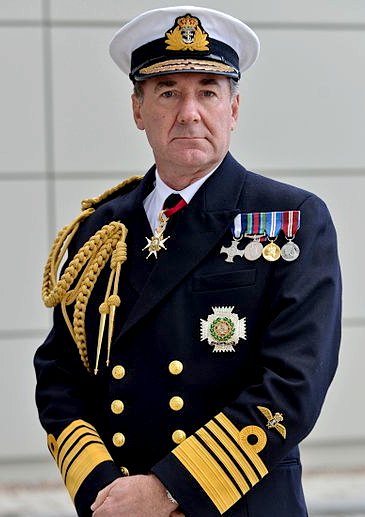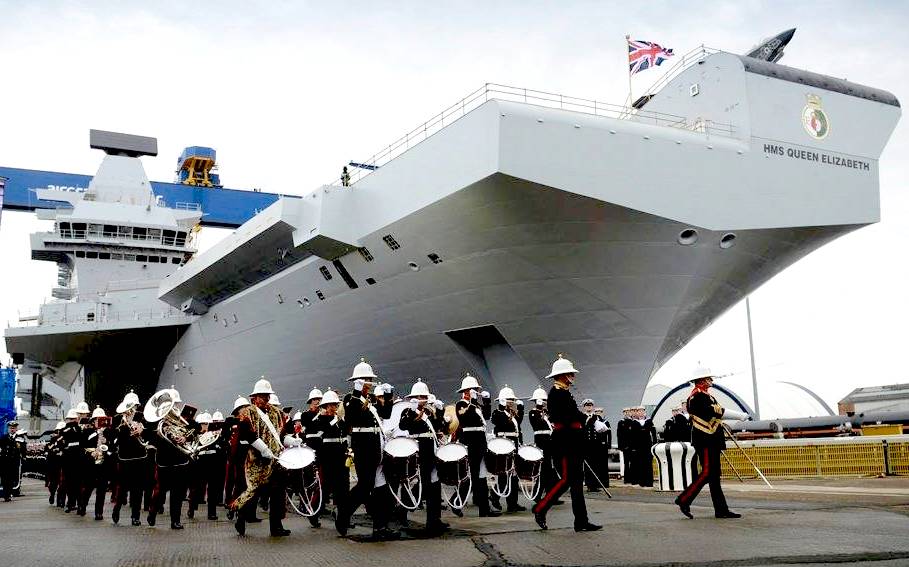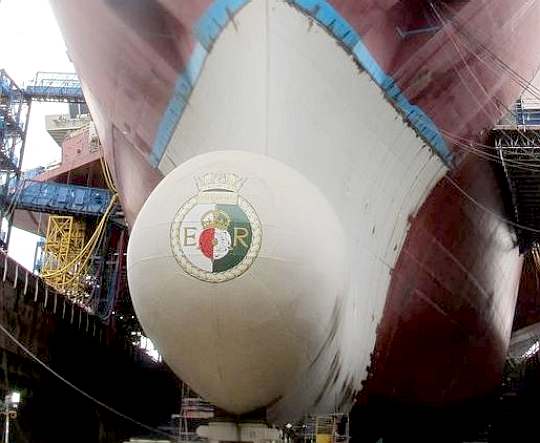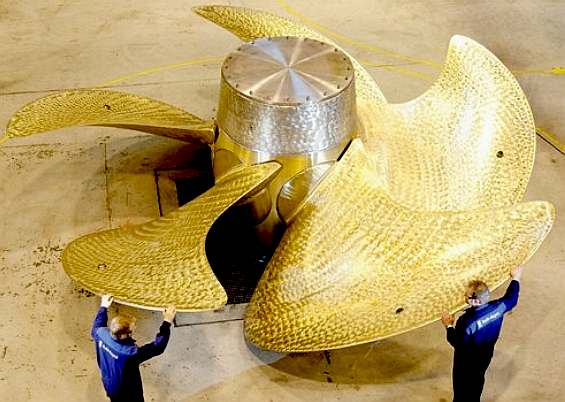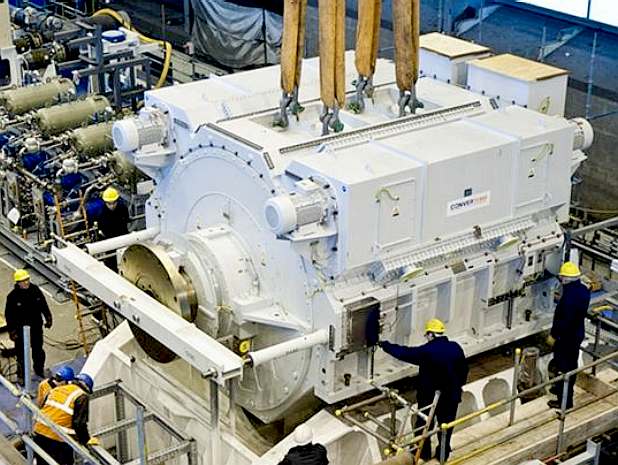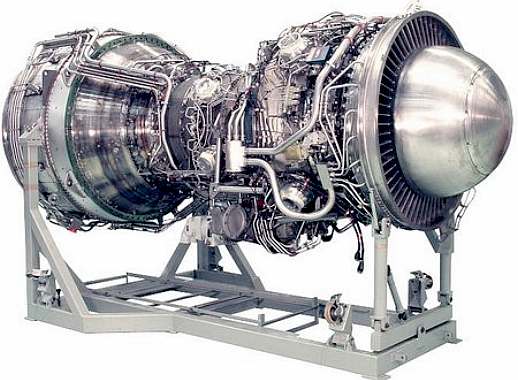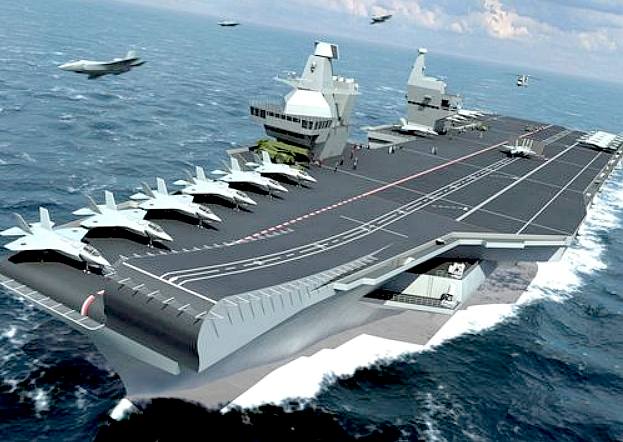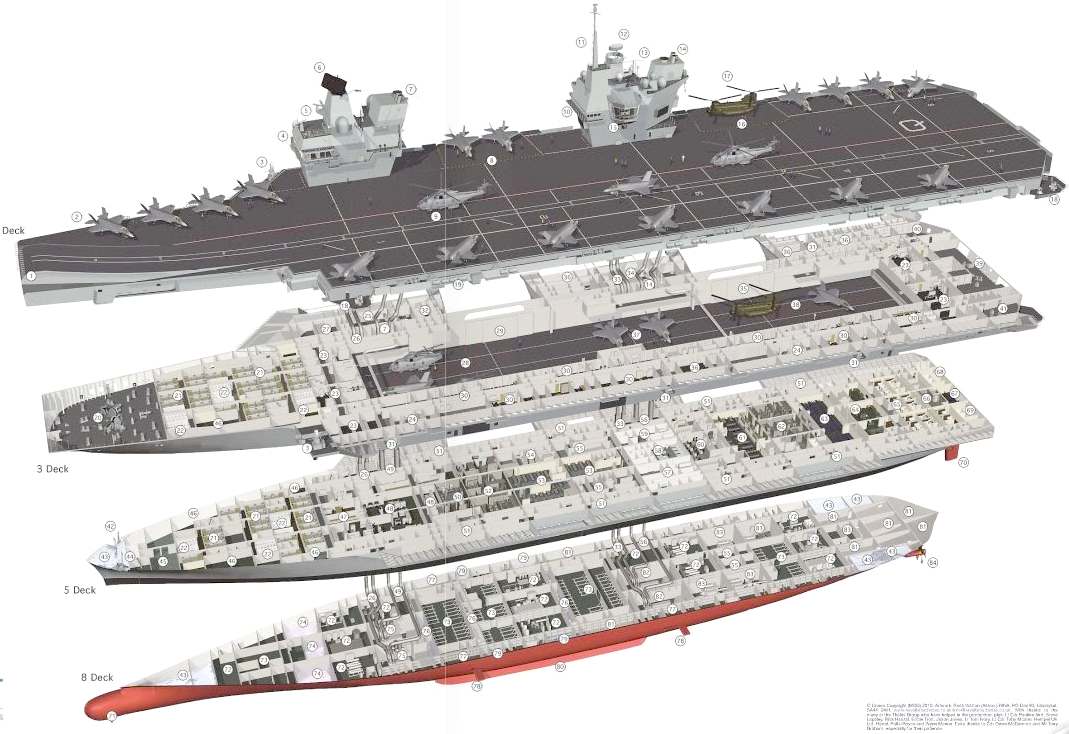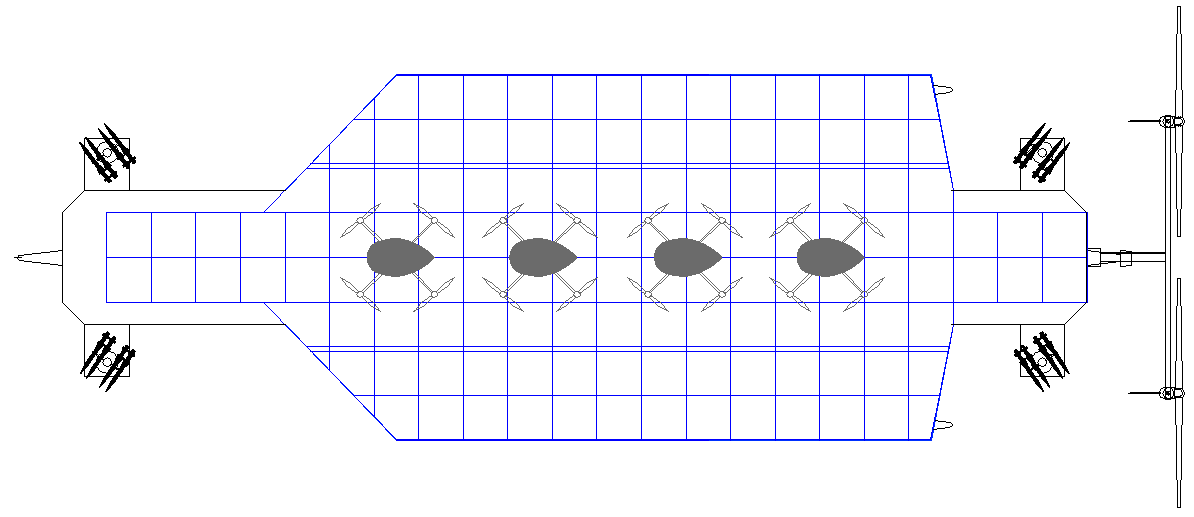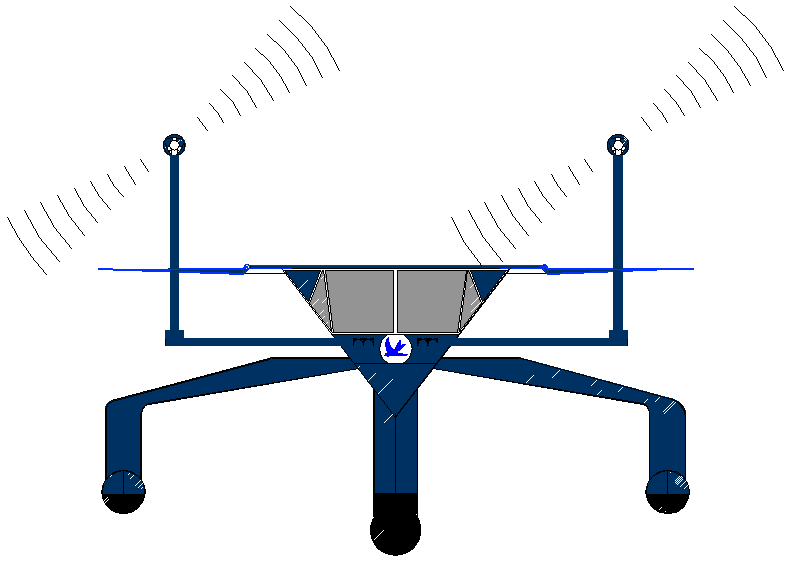|
QUEEN ELIZABETH - Class Aircraft Carriers
|
|
|
BATHTUB DINOSAUR SENILITY - With the advent of drones and intelligent guided missiles, these floating museums might be seen as showboating in the extreme. The breakdown of the HMS Prince of Wales in February 2023, demonstrates the folly of investing in one large chunk of floating metal, when it can be disabled completely, like the Bismark, with one well aimed shot. What is needed in the modern world, are smaller autonomous, robotic craft, that carry drones like the Raptor - as many as they can carry. Before returning to a friendly port to re-arm. The war in Ukraine has shown that missiles aimed with great accuracy, are the order of the day. Low level satellites can be used to target the enemy with pinpoint accuracy. It's all about numbers and bombardment in the real world. Top-Gun Maverick days are over. Great film though it was. We don't need to sacrifice fighter pilots and we don't need TO sacrifice crew. The same applies to land based warfare. We need small agile robotic vehicles, well armed with missiles, that are cheap to deploy in large numbers, and difficult to eradicate, through sheer numbers. Heavy tanks will one day be a thing of the past, as will infantry. The first nation to develop and deploy such machines, are more likely to be the victor. World class tech leaders.
LAUNCH: QE FLOATS FOR THE 1st TIME - JULY 17 2014
The U.K.'s largest ever warship the new R08 and R09 QE-class carriers – the Queen’s 21st century battleships, has today been floated out of the dock in which she was assembled, according to BAE Systems.
The RO8 was ordered in May of 2008, contracts signed by the UK’s MOD and industry (Portsmouth, July 3, 2008), she was laid down July 2009. The builders are: BAE Systems Surface Ships, Thales Group, Babcock Marine.
In an operation that started earlier this week, the drydock in Rosyth near Edinburgh was flooded for the first time to allow the 65,000-metric-ton aircraft carrier to float. It then took three hours this (17-7-14) morning to carefully maneuver HMS Queen Elizabeth out of the dock with just two meters clearance at either side and then berth her alongside a nearby jetty.
Teams will now continue to outfit the ship and steadily bring her systems to life in preparation for sea trials in 2016. The dock she vacates will be used for final assembly of her sister ship, HMS Prince of Wales, which will begin in September.
The float out of HMS Queen Elizabeth comes just 13 days after the vessel was named by Her Majesty the Queen in a spectacular ceremony.
HMS Queen Elizabeth and HMS Prince of Wales are being delivered by the Aircraft Carrier Alliance, a unique partnership between the Ministry of Defense, BAE Systems, Babcock and Thales.
Smiling all the way to the bank, British naval subcontractors are reaping the rewards of reckless government spending in times of economic austerity, on warships that are not needed in time of peace. Who in their right mind builds the biggest ever ship when there is no need for that vessel - and worse still, such behemoth is, as the Germans found out in WW2, a target that an enemy will sink first at very little cost. Talk about putting all your eggs in one basket.
CHRISTENING JULY 6 2014
Her Majesty
The Queen has officially named the HMS Queen Elizabeth in front of a crowd that included shipbuilders, the Prime Minister and the
Defence
Secretary, informs the UK Ministry of Defence.
With the Royal Yacht Britannia gone, the Queen can hold her head high in the knowledge that GB still has something afloat to be proud of, and with her name on it. Proud of the size and achievement, not so enthusiastic about the pollution and debt we dare say.
Defence Secretary Philip Hammond is quoted as saying:
Aircraft carriers remain the ultimate symbol of a nation’s naval power in an age where drones and missiles are the real threats. Geoff Searle, the program director for the ACA, battleships like HMS Queen Elizabeth aircraft carrier is quoted as saying: “are a significant diplomatic tool – they can go anywhere and do anything” – one colossal mobile airfield that you can park anywhere. At the staggering cost of over 5,5 billion dollars each, the two new UK aircraft carriers of the QE-class cost as much as 10 big cruise ships – each. In a WWIII situation, an enemy is likely to target the Nimitz and QE class carriers to level the playing field. It's a giant international "dick" measuring exercise with potentially far reaching consequences, not least of which is; how much has this increased our national debt?
CONTRACT
It is truly amazing that we can construct such giant structures, very much in the way of a modern pyramid must have seemed to ancient Egyptians. The Queen Elizabeth class (formerly the CV Future or CVF project) is a class of two aircraft carriers planned to be built for the Royal Navy. HMS Queen Elizabeth is expected to begin sea trials in 2017 with an initial operational capability in 2020; the decision whether to operate HMS Prince of Wales will not be taken until 2015.
From one extreme to the other. The leading section of the bows looks like a torpedo. It seeks to reduce hull drag by inducing laminar flow ahead of the conventional bow wave. All new cruise ships feature a “bulbous nose”. It is a strangely looking protruding nose located at the ship’s bow just below waterline. This hydrodynamic appendage reduces drag and increases the speed and operational range, making the QE fuel efficient (10-13%) and more stable (increasing buoyancy of the hull’s forward part, thus reducing pitching motion to a very small degree). The “ER” on the bow stands for “Elizabeth Regina” – this is the QE ship’s coat of arms.
The huge propellers are designed to convert rotary motion into thrust, to push the huge steel hull through the water. Any way you slice this particular cake, the warship will contribute hugely to global warming. £3.5 billion could be wiped out by one cruise missile. There must be a cleaner, safer way to patrol our oceans and deter threats.
In 2012 the
Rolls-Royce company repackaged the MT30 turbine so that it would fit into smaller ships. The company will offer the MT30 model to the Royal navy for the CODLOG system in the RN’s Type 26 frigates (their construction to start in 2015). The MT30 engine design is based on
Rolls-Royce Trent 800 aero engine, which achieved a 44% share of Boeing’s 777 program.
Both QE-class UK aircraft carriers have the most powerful gas turbine in the world. HMS Queen Elizabeth power output is 109 MW (total). This absolutely stunning power generation capability features the two 120-tonne
Rolls-Royce MT30 marine gas turbine engines.
GAS GUZZLER STATISTICS
Cost to Build: £3,5 billion (US$5,520 billion), which is exactly £7 billion for the two carriers of the QE-class by the 2008 contract. And the money goes to (related to the construction of both ships): £1,325mill to BVT Surface Fleet (BAE and VT Group joint venture) for building the huge sections at Govan and Portsmouth, £300mill to BAE for the sections at Barrow-in-Furness, £675mill to Babcock Marine for the bow section/final assembly/completion at Rosyth, £425mill to Thales UK (design/engineering), £275mill to BAE (design and supply of Mission Systems (Insyte), additional contracts for the steel, diesel generators, aircraft lifts, key electronics.
Jobs created: hull section (Portsmouth – 1200), hull sections (Govan/Clyde – 3000+), hull section (Barrow-in-Furness – 400+), BAE Systems Insyte (Frimley, Surrey – 145), Thales UK (Bristol and Crawley – 250), for the assembly of both ships (Rosyth – 1,600). In the end of 2013, a total of 10,000+ people were involved in the process of building and providing equipment for the new UK carriers.
Size Comparison: HMS Queen Elizabeth will be 3 times the size of the UK’s only one remaining carrier HMS Illustrious and will be 2nd only to the USA’s nuclear-powered Nimitz-class aircraft carriers.
Year of service: the end of 2017, fully operational by the end of 2020 (with HMS Prince Of Wales 2 years behind). On HMS QE sea trials to begin 2017, flight trials – 2018.
Homeport: (Her Majesty’s Naval Base) HMNB Portsmouth, one of three UK operating bases for the Royal Navy (along with HMNB Clyde and HMNB Devonport).
Including the Flight Deck, the QE hull is 9 decks deep. Due to budget restraints, a number of hull armor features were dropped form the original project design (the armored bulkheads and the side armorplates). QE’s hull design allows a future upgrade/conversion to accommodate a catapult launch system.
Weight/Displacement: 65,600 tonnes (64,600 long t) at deep/full load. This is about 3 times the size of the Royal Navy’s current aircraft carriers of the Invincible class. For the construction of the two UK future aircraft carries a total of 80,000 t. of steel will be used.
IMO number: 4907892. * Top Speed: 25 kn (29 mph or 46 km/h). * Range: up to 10,000 nautical ml (19,000 km). *
Service life of up to 50 years.
DINOSAURS & TAXES
Aircraft carriers are an outdated form of battleship that superpowers like to parade about the ocean to demonstrate affluence, in the process polluting the planet massively and raping the taxpayer to be able to play with these new toys - that with other far more economical methods of defense, is nothing less than empire building.
The new UK Queen Elizabeth class carrier is no exception. It's like someone buying a suit that one cannot afford, just to come to the table and appear wealthier that one really is, but in reality the buying of the suit is at the expense of an unsustainable national debt.
Most navies have retired this class of warship with no plans to commission another. A few navies are newly dabbling with self-build to discover the tremendous cost causing delays to completion. Only the US and UK (both of whom have serious national debts) are investing seriously in replacing the Nimitz class so that they can continue to thumb their noses at poorer less advanced nations like playground bullies.
These days it only takes one torpedo, or one cruise missile to sink a large warship. The larger the conventional warship the more staggering the loss of life - and the blow to the nation concerned. It's a high price to pay for a bit of ocean swagger, where the money would be far better spent providing clean (free) energy from nature for housing and zero pollution electric motoring. That is of course another means to keeping the peace, instead of constantly coveting our neighbors oil reserves - the cause of most serious military engagements in the past ten years.
The question is that with stakeholders prepared to do just about anything to secure defense contracts, how is the man in the street to know who agreed what, why and how much may have been involved in brown envelopes. Generally in tackling procurement fraud one need look no further than the companies involved and the administration that is running the country. This is one reason that politicians should not be allowed financial interests in business, and especially not in foreign businesses, and that military procurement should be as a result of facts upon which the public have a direct say.
MY LORDS, LADIES and GENTLEMEN - 24 JULY 2014 DAILY MAIL
With a cynical grin, Russian business magnate Kirill Babayev told an audience of his peers how to inveigle their way into the British Establishment.
The first step, he declared, is to hire a few ‘grey-haired’ members of the
House of Lords to act as ‘consultants’, or non-executive directors, of your company. There is, of course, nothing illegal in all of this. But to even the most informed observer, it still feels strange.
‘Some Russians have an odd infatuation with the English aristocracy and political establishment,’ says Antony Barnett, who made the Dispatches documentary.
‘That’s why they choose to live in Kensington and send their kids to our boarding schools.
‘They believe its members confer status and respectability, while also giving them access to corridors of power and influence. And that buys them security — which all oligarchs are obsessed with.’
Looking at her afloat, the design could have been improved many ways. She is hardly aerodynamic for starters, and there's not a renewable energy harvester in sight. Shame on you Royal Navy. That would have been a real diplomatic coup - leading the sustainability cause by example.
LINKS & REFERENCE
http://www.marinelink.com/news/elizabeth-floats-queen373169.aspx http://www.marinelink.com/news/christened-elizabeth372420.aspx hms-queen-elizabeth-aircraft-carrier Aircraft-carriers-hms-queen-elizabeth-and-hms-prince-of-wales-to-join-royal-navy Queen-Elizabeth-Class-Aircraft-Carriers-News-and-Discussion http://www.queenelizabethcruises.net/hms-queen-elizabeth-aircraft-carrier/ http://en.wikipedia.org/wiki/USS Nimitz_class_aircraft_carrier http://en.wikipedia.org/wiki/USS_Dwight_D._Eisenhower_%28CVN-69%29 http://en.wikipedia.org/wiki/USS_Enterprise_%28CVN-65%29 http://en.wikipedia.org/wiki/Gerald_R._Ford-class_aircraft_carrier http://en.wikipedia.org/wiki/Chinese_aircraft_carrier_Liaoning http://en.wikipedia.org/wiki/Russia Admiral_Kuznetsov-class_aircraft_carrier http://en.wikipedia.org/wiki/HMS Invincible_class_aircraft_carrier http://en.wikipedia.org/wiki/Clemenceau_class_aircraft_carrier http://en.wikipedia.org/wiki/Spanish_aircraft_carrier_Principe_de_Asturias http://en.wikipedia.org/wiki/Spanish_ship_Juan_Carlos_I_(L61) http://en.wikipedia.org/wiki/Thai HTMS_Chakri_Naruebet http://en.wikipedia.org/wiki/Italian_aircraft_carrier_Cavour_(550) http://en.wikipedia.org/wiki/Japanese Hyuga_class_helicopter_destroyer http://en.wikipedia.org/wiki/S Korea Dokdo-class_amphibious_assault_ship http://en.wikipedia.org/wiki/Indian Vikrant-class_aircraft_carrier
Now that is what we call a rudder. Let's hope it can turn the ship quicker than the Titanic, should an iceberg ever get in the way.
SUBMARINE INDEX
Alvin DSV - Woods Hole Oceanographic Institution HMS Astute 1st of Class HMS Vanguard- Trident INS Sindhurakshak - explosion & sinking Lusitania - Torpedo attack Nuclear submarines lost at sea Predator - Covert submarine hunter/killer Seawolf - Autonomous wolf pack deployment of Predator mini-subs Torpedoes - UUV anti submarine weapons U20 - Kapitan Leutnant Walther Schwieger USS Bluefish WWI submarine USS Bluefish - Nuclear submarine USS Jimmy Carter - Seawolf class fast attack nuclear submarine USS Nautilus - 1st nuclear submarine & subsea north pole passage
The world's first ever solar powered aircraft carrier, showing a squadron of 4 4.7m drone quadcopters. This ship could easily carry 12 birds. This is also, probably, the world's smallest ever aircraft carrier. A 1/20th scale model of this vessel will take to the water in 2015 for some naval wargaming fun.
AIRCRAFT CARRIER INDEX
Cavour - Italy Chakri Naruebet - Thailand Clemenceau - France Dokdo - Republic Korea Gerald Ford Class - USA Hyuga - Japan Invincible - UK Kuznetsov - Russia Liaoning - China Nimitz - USA Principe de Asturias - Spain Queen Elizabeth - UK Vikrant Class - India
WARSHIPS
Bismarck - Battleship - Germany HMS Neptune - Leander class cruiser 1941 WWII Type 23 - Duke class frigate - UK Type 26 - Global combat ship - UK Type 45 - Daring class destroyer - UK Electric prototype - USA Zumwalt - Class destroyer - USA
The Bluefish™ platform in a modified form is suitable for adaptation to a robotic battleship as a fleet replacement to the Type 45 destroyers and Type 26 combat vessel. The Wolverine ZCC™ in its ultimate form may carry 4 x Tomahawks, 30 x SAMs, 2 x 12.75" and 2 x 21" torpedoes + an ROV or minisub. Not bad for a 50 ton battleship that needs no crew and runs on clean energy from nature. A zoned network of these ships can police international waters, attack and sink enemy aircraft carriers and submarines in formation and shoot down aircraft that present a potential threat to national security. The development of such ships represents an opportunity for future exports and defence energy reductions.
Fat chance. The way the Royal Navy conducts themselves, there is virtually zero prospect of sustainable convoys. It's more like an oil crisis disaster movie in the making.
|
|
|
This website is Copyright © 2014 Bluebird Marine Systems Limited. The names Bluebird™, Bluefish™, Blueplanet BE3, Ecostar DC50™, SeaNet™, SeaWolf™ and the blue bird and fish in flight logos are trademarks. All other trademarks are hereby acknowledged.
|

